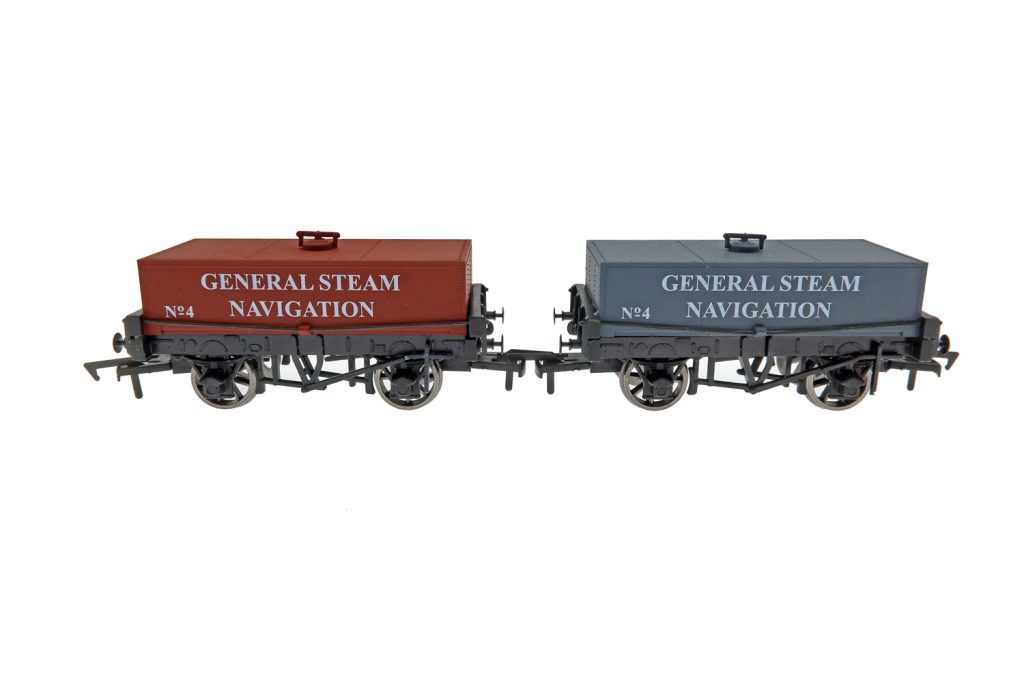We announced at our Annual General Meeting in June 2024 that we met the deadline and submitted our highly detailed National Lottery Heritage Fund (NLHF) Stage One application. The application was completed along with our strategic application partners; The Swindon and Cricklade Railway, and our planned home for main line running The Yeovil Railway Centre.
The board thanks all our members that assisted with the funding of the Stage One application.
Unfortunately, we have been advised that our stage one bid has been rejected on the basis that the proposed programme, planned within the constraints of the NLHF’s guidelines, would, in their opinion, take much longer and cost considerably more. This would place the long term sustainability of the project at risk. The bottom line was that the substantial cost of our project, together with its complexity and inherent high risk, did not represent value for the NLHF.
Whilst we can’t go forward with this application the NLHF has stated they would be happy to offer us advice with a smaller, less complex and lower risk project. We are therefore already in discussion with the NLHF regarding the viability of a 2nd application that, alongside the engineering work, would place an emphasis on community engagement, young people, skills development, apprenticeships and diversity. The NLHF recognised the quality and detail of our application and submitting a scaled down and less complex application should not incur much additional cost.
Whilst the outcome is of course disappointing, the vast amount of work and content that was completed and necessary for the bid is just as relevant and necessary for the project going forwards and puts us in a stronger position than we were prior to making the bid.
The board is currently reviewing the future structure, personnel and options for the project and initiating discussions with both existing and potential new strategic partners.
We aim to provide more details of the strategic plan for the future and progress on engineering in the next issue of the members magazine The Packet. We will also confirm if our follow up conversations with the NLHF have been constructive and will result in us pursuing a 2nd application. Our initial EOI was rejected, and we were invited to make some changes and resubmit, which led to a pass at that stage.
Whilst the outcome is of course disappointing, we reiterate that the work, content and involvement of our strategic partners within the application is hugely beneficial to the project and the current board remain committed to the aim of recreating General Steam Navigation to her original as-built condition complete with air smooth casing and Bulleid’s unique patented chain driven valve gear.
if you are not already a member, for details on how to join and click here.

 In the 1930s the General Steam Navigation Company (GSN) worked closely with the New Medway Steam Packet Company and in 1936 acquired the New Medway Company outright.
In the 1930s the General Steam Navigation Company (GSN) worked closely with the New Medway Steam Packet Company and in 1936 acquired the New Medway Company outright.

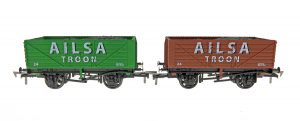 In the 1930s the General Steam Navigation Company (GSN) worked closely with the New Medway Steam Packet Company and in 1936 acquired the New Medway Company outright.
In the 1930s the General Steam Navigation Company (GSN) worked closely with the New Medway Steam Packet Company and in 1936 acquired the New Medway Company outright.


 As part of the process of preparing the frames for unrebuilding, we are slowly removing, cleaning up and replacing the “nuts and bolts”
As part of the process of preparing the frames for unrebuilding, we are slowly removing, cleaning up and replacing the “nuts and bolts”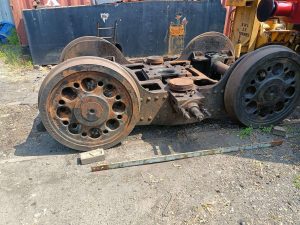
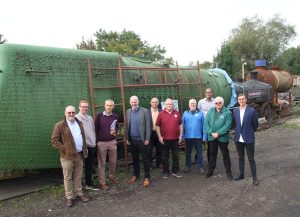


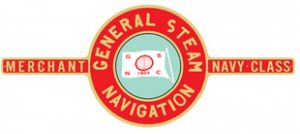

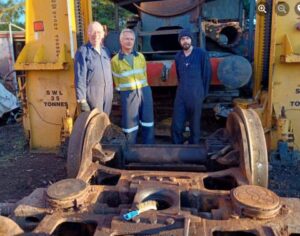
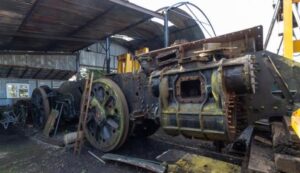 This will mean that when we are ready to remove the cylinders, we should be able to detach them quickly. It will take some time to do this, but will save time in the long run. The middle cylinder is being replaced, with a new one to be manufactured to the original design, with outside admission. Removing the outer ones will make removing the middle one easier, and will give us the opportunity to
This will mean that when we are ready to remove the cylinders, we should be able to detach them quickly. It will take some time to do this, but will save time in the long run. The middle cylinder is being replaced, with a new one to be manufactured to the original design, with outside admission. Removing the outer ones will make removing the middle one easier, and will give us the opportunity to Both wagons are produced by Dapol with the lettering General Steam Navigation, Blunsdon & Gillingham Pier (the locations of the two Societies) and Number 23. The wagons in both scales are available in either red or grey.
Both wagons are produced by Dapol with the lettering General Steam Navigation, Blunsdon & Gillingham Pier (the locations of the two Societies) and Number 23. The wagons in both scales are available in either red or grey. The N Gauge 20t Steel sided mineral wagons had two side doors per side and an end door which facilitated easy unloading and came into service in the 1920’s and were used well into the 1970’s.
The N Gauge 20t Steel sided mineral wagons had two side doors per side and an end door which facilitated easy unloading and came into service in the 1920’s and were used well into the 1970’s. 